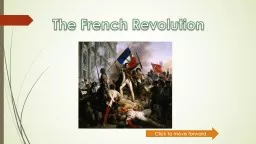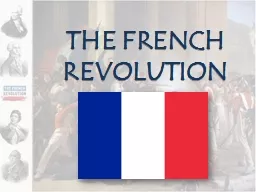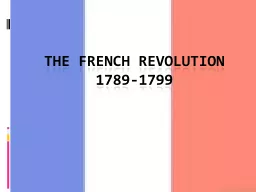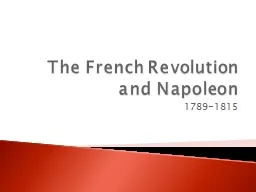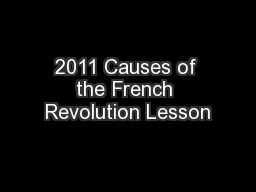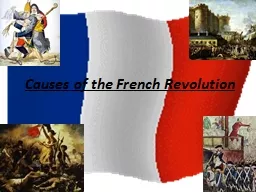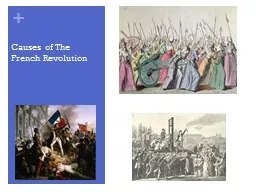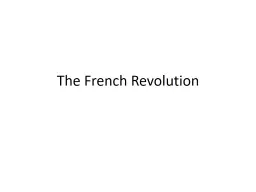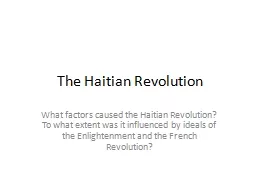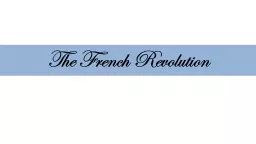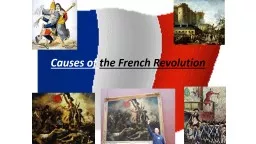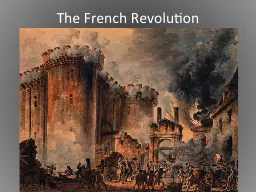PPT-The French Revolution
Author : test | Published Date : 2016-07-06
Click to move forward Factors that shaped French nationalism Historical Factors No single event caused the French Revolution The path to revolution was a long process
Presentation Embed Code
Download Presentation
Download Presentation The PPT/PDF document "The French Revolution" is the property of its rightful owner. Permission is granted to download and print the materials on this website for personal, non-commercial use only, and to display it on your personal computer provided you do not modify the materials and that you retain all copyright notices contained in the materials. By downloading content from our website, you accept the terms of this agreement.
The French Revolution: Transcript
Download Rules Of Document
"The French Revolution"The content belongs to its owner. You may download and print it for personal use, without modification, and keep all copyright notices. By downloading, you agree to these terms.
Related Documents

